I am working on my project about the income distribution... I would like to generate random data for testing the theory. Let say I have N=5 countries and each country has n=1000 population and i want to generate random income (NORMAL DISTRIBUTION) for each person in each population with the constraint of income is between 0 and 1 and at same mean and DIFFERENT standard deviation for all countries. I used the function rnorm(n, meanx, sd) to do it. I know that UNIFORM DISTRIBUTION (runif(n,min, max) has some arguments for setting min, max, but no rnorm. Since rnorm doesn't provide the argument for setting min and max value. I have to write a piece of code to check the set of random data to see whether they satisfy my constraints of [0,1] or not.
I successfully generated income data for n=100. However, if i increase n = k times of 100, for eg. n=200, 300 ......1000. My programme is hanging. I can see why the programs is hanging, since it just generate data randomly without constraints of min, max. Therefore, when I do with larger n, the probabilities that i will generate successfully is less than with n=100. And the loop just running again : generate data, failed check.
Technically speaking, to fix this problem, I think of breaking n=1000 into small batches, let say b=100. Since rnorm successfully generate with 100 samples in range [0,1] and it is NORMAL DISTRIBUTION, it will work well if i run the loop of 10 times of 100samples separately for each batch of 100 samples. And then, I will collect all data of 10 * 100 samples into one data of 1000 for my later analysis. However, mathematically speakign, I am NOT SURE whether the constrain of NORMAL DISTRIBUTION for n=1000 is still satisfied or not by doing this way. I attached here my code. Hopefully my explanation is clear to you. All of your opinions will be very useful to my work. Thanks a lot.
# Update:
# plot histogram
# create the random data with same mean, different standard deviation and x in range [0,1]
# Generate the output file
# Generate data for K countries
#---------------------------------------------
# Configurable variables
number_of_populations = 5
n=100 #number of residents (*** input the number whish is k times of 100)
meanx = 0.7
sd_constant = 0.1 # sd = sd_constant + j/50
min=0 #min income
max=1 #max income
#---------------------------------------------
batch =100 # divide the large number of residents into small batch of 100
x= matrix(
0, # the data elements
nrow=n, # number of rows
ncol=number_of_populations, # number of columns
byrow = TRUE) # fill matrix by rows
x_temp = rep(0,n)
# generate income data randomly for each country
for (j in 1:number_of_populations){
# 1. Generate uniform distribution
#x[,j] <- runif(n,min, max)
# 2. Generate Normal distribution
sd = sd_constant+j/50
repeat
{
{
x_temp <- rnorm(n, meanx, sd)
is_inside = TRUE
for (i in 1:n){
if (x_temp[i]<min || x_temp[i] >max) {
is_inside = FALSE
break
}
}
}
if(is_inside==TRUE) {break}
} #end repeat
x[,j] <- x_temp
}
# write in csv
# each column stores different income of its residents
working_dir= "D:\\dataset\\"
setwd(working_dir)
file_output = "random_income.csv"
sink(file_output)
write.table(x,file=file_output,sep=",", col.names = F, row.names = F)
sink()
file.show(file_output) #show the file in directory
#plot histogram of x for each population
#par(mfrow=c(3,3), oma=c(0,0,0,0,0))
attach(mtcars)
par(mfrow=c(1,5))
for (j in 1:number_of_populations)
{
#plot(X[,i],y,'xlab'=i)
hist(x[,j],main="Normal",'xlab'=j)
}
